In March we put a call out to SuperGuide readers for questions you would like to put to the ATO. We received dozens of questions, particularly about the impact of COVID-19 to SMSF investing and the super rules.
We’re very fortunate that a selection of these questions have been answered by Dana Fleming, Assistant Commissioner of the SMSF Segment at the ATO.
Dana generously provides useful insights for SMSF trustees about current issues such as the early release of super process, making a loan to your business from your SMSF, providing rental concessions for tenants, deferring the annual lodgement and the change to the minimum pension drawdown rates.
Due to travel restrictions the interview had to take place online. We have created videos for each Q&As, and below each video is a transcript if you would prefer to read what Dana has to say.
Question 1
I have an SMSF and need to apply for early release of super due to COVID-19. I’ve checked that I meet the criteria because I’m a sole trader, and my turnover has decreased by more than 20%. Please can you describe what form of proof I need in order to lodge my application?
Yes, before I go into the process, I think I’d just like to make a point that for an SMSF to be carrying on an active business is very rare. The reason for that is it is sometimes seen to be breaching the sole purpose test. So if someone is going to carry on their business in an SMSF, if I can just offer the cautionary word that you should take proper advice about how you can do that and make sure that you don’t breach the sole purpose test.
Moving on from that, the eligibility criteria of 20% does require that you’ve had a decline in your turnover of 20%. To apply, in terms of the process, it’s the same process for everyone, and that has been open since the 20th of April. They need to do that through their myGov account. When you go into that myGov account it will have a list of all your superannuation funds, and you can lodge your application there.
Now, when you do that sometimes your fund may not appear, and that can be for a couple of reasons. It may be because you’ve got overdue lodgements if you’re an SMSF you won’t appear, or if you’re an APRA fund there’s reasons if that fund hasn’t made a report for that year.
So just because it’s not there doesn’t mean you can’t apply because none of those reasons are reasons that you are not eligible. But that means you will have to ring up and go through a manual process where, over the phone with the ATO, they will go through your proof of identity and then take your application manually over the phone.
Just a few cautionary points on the process. There’s obviously two applications you can make, only one in each financial year, and each one only for 10,000. So there’s no kind of top-up if you do only $5,000 for this financial year, you can still only apply for $10,000 next year, not $15,000.
The other point I wanted to make is that you can request from multiple superannuation accounts, so more than one. So you can request $5,000 from one fund and $5,000 from another fund if you actually have more than one superannuation account. But the trick is you must do it in one form because you can only make one application. And in that form you provide details of your bank account.
We don’t actually default to the most recent return lodged in case people have changed their bank account details, so they must have that ready as they’re about to do that process, so they have their bank account details ready to key in. You can, of course, apply for less than the $10,000 if you want to, but not more. The key thing there is you cannot vary either, so once you’ve made it, that’s it. We can only fully revoke an application. So if it has been a genuine mistake or an error, we can’t accept variations.
Once that has been received by us, we process it and we make what’s called a determination. That’s basically a letter saying it’s been approved, and that will appear in the member’s ATO myGov inbox within two to three days. In the SMSF space, all you need to do is to formally present that to your SMSF and they will then be allowed to release the funds to you.
In terms of the forms of proof, as part of the application process, there’s no actual documents that need to be attached to the application. You self-assess yourself. So y ou need to have your details ready, but you simply put them into the form and that is the end of it; no extra documents to be submitted.
But, obviously in the scenario we’re talking about, where you’ve had a 20% decline in turnover, you do need to retain evidence of how you calculated that decline in turnover. The explanatory memorandum is, for example, if it was in this financial year. Let’s just pick a month, March, and it became effective from 1 January.
So you might, say, look at for, six months for this financial year, calculate an average over the six months and compared your current turnover for the month compared to the previous six months. A quarter would also be suitable, but you would need to do that from your existing accounting records, tax records, or whatever other usual business records that you have, and keep them ready, should the ATO audit you.
I think that covers off that. The only other point of documentation of proof I should just mention is that the trustee, of course, must retain the documentation, being the determination that allows them to release the funds to you. Because that is your evidence that you have taken out your money legally, as opposed to illegally, under a legal early release. So the trustee should not release any money until they’ve formally received it, and keep that on record before they make the payment actually out to the member.
Because it is a self-assessment process, we must be conscious that you are actually making a formal declaration to the commissioner about your eligibility. So there are penalties if you do make a false and misleading statement to the commissioner. So it is very important that you do retain that evidence, and ensure that you have checked that you meet the proper eligibility criteria.
And how long should these records be kept?
Yeah, so record keeping requirements in an SMSF, they differ for different types of records. For general business records, like financial accounts, your annual returns, and statements to the ATO, it’s five years. But there are certain records which are required retained with 10 years. They would be, for example, trustee minutes, perhaps where you minuted that you were going to make the payment to your member and you’d checked your deed and you were happy that the member funds could be released to the member.
There is a nice little section on our website that tells you what the record keeping requirements are in terms of timing for SMSFs, and I would encourage anyone wanting to check those to have a look at the website.
Question 2
My business has seen a significant drop in turnover since COVID-19. My accountant has suggested that my SMSF could make a loan to my business to help with overheads. Please, can you describe what the rules are around this and what I should watch out for?
Yeah, so this is quite a fraught area. I would say at the outset that, other than very limited circumstances, loans by an SMSF to a related party are not allowed and carry penalties. The only time that you could make a loan is where the market value of that loan only represented less than 5% of your SMSF’s assets. So in this scenario, I’m not sure how much help that would be for the overheads in a question, but there is that limited exception.
Obviously, 5% isn’t particularly high. And in the current market environment where asset valuations are quite volatile, it is possible that you may go over the 5% threshold. If you do go over that 5% threshold, that does constitute a breach under the superannuation law. At the moment because we do understand that it is quite difficult to manage valuations and to a 5% limit.
We are taking a very lenient approach, but the law does require, and we’re requiring that SMSFs adhere to this requirement, that you must put in place a rectification plan to get below that 5% within the next 12 months. So where you have breached it, we will simply write you a letter saying, because your auditor will have reported that to us, “We now understand you’ve had a breach, and our direction is simply that you must comply with your rectification plan over the next 12 months.”
Again, because of the markets at the moment, we recognise that may not even be possible, but we are looking for genuine and concerted efforts to comply with that rectification plan. If that is not seen then we will be imposing a penalty for not meeting the rectification plan. But if a SMSF has made all best efforts and their plan was realistic and sensible, and they thought they were going to be able to get back under that threshold, we wouldn’t be looking to impose a financial penalty.
The last item I should touch on it is, of course, that any loan must be on commercial terms.
Question 3
My SMSF owns commercial property and we would like to provide rent concessions for one of our tenants. How should we document this. Is it just an variation to our lease agreement, or are there any other records we should keep?
Good question. Perhaps I’ll give the unhelpful answer; it depends. That’s more on the basis of the nature of your tenant. So if you have an unrelated tenant, the important thing is, yes, you can give rent relief. Obviously, in the current environment, that’s entirely commercial, and that rent relief should be on similar or other commercial terms to those that can be benchmarked out in industry. The obvious benchmarks that are available for trustees to look at is the National Cabinet Mandatory Code of Conduct or equivalent state codes as a guide.
Now, if you’ve done that and you’ve put it in place, and you do want to give your tenant, an unrelated party, a temporary variation to their lease agreement, the key thing is, of course, that variation must be clearly documented, the changes to that terms of that lease agreement, and that it is in response to COVID-19. So the link must be clearly drawn.
The issue, I understand, with some lease agreements is that you can only, under the terms of that lease agreement, vary them in a particular way. So you must obviously make sure you comply with those terms in order that the variation be considered legally enforceable.
Whilst for us at the ATO, what we really just need to see is evidence of a genuine negotiation in good faith, and documentation contemporaneously of the changes to the lease agreement and the considerations of COVID-19. I think where you’re dealing with a third party tenant, it would be prudent, of course, to make sure that you do vary the lease formally, whether by way of a deed of variation or a formal renewal of the lease agreement, so that all parties clearly understand what has been agreed to, and for what terms and period.
I think then also, because it will be a temporary variation, it’s quite clear when the terms of that lease will be revisited and potentially extended or finished, and there is no lack of clarity between the parties that are dealing together. It also obviously ensures that the lease is legally enforceable should there be any disagreements later down the track.
Now, obviously in the case where an SMSF owns a property that is a commercial property that is being rented by a related party … maybe it’s the member and the trustee are the same person … you may not need to go to those degrees of caution. And a simple minute or other contemporaneous document that evidences those considerations that I’ve just discussed would suffice. But yes, certainly in the case of third parties, I think it would be most prudent to ensure you have ensured that your lease agreement is legally enforceable.
Question 4
We’re concerned that the disruption around coronavirus is going to cause delays with lodgement of our SMSF annual return. What are our options in deferring lodgement?
You may well be aware that there has, of course, been a blanket deferral for SMSFs to lodge their returns to 30 June, from the 15 May date and the 5th of June date. So that has provided a little more time for everybody, and that is an automatic deferral. No taxation or trustee needs to apply for us. It will be applied automatically by the ATO.
Now that also extends, I should just be clear, to TBAR reporting, which usually of course occurs concurrently with that lodgement of the return. Now I do want to emphasise that lodgement is a really key fundamental obligation of a trustee. We do know when trustees and SMSFs stopped lodging, it’s generally because of two key reasons.
One is they’ve just simply been distracted and they haven’t gotten around to it, or they have really situations where they actually felt they didn’t have to lodge a return. Often SMSF trustees when they go into pension phase, like when you’re an individual, don’t think they need to lodge a return anymore. So kind of the genuine mistake.
But the other is they stop lodging because they have encountered some kind of serious issue or breach, and they don’t quite know how to get themselves out of it. My key message there, if you’re having trouble lodging, is we are here to help and find solutions to issues that you might be facing that might be preventing you from lodging on time.
For any SMSF that has unresolved issues, they should reach out to us. They can use our early engagement and voluntary disclosure service. If you type ‘SMSF early engagement and voluntary disclosure service’ into your search engine, you’ll see a link to the ATO immediately, to our website. There’s information about the benefits of using that service.
At this time, we are really conscious of the struggles our SMSF population are encountering with the market volatility and rental market challenges. And we are really focused on resolving those issues quickly, and taking a very lenient approach around financial penalties, if any, being imposed, and just trying to actually focus on resolving the situation for the trustee.
So I highly encourage anyone that’s struggling to lodge on time to use that service. I must make clear that if you don’t lodge by 30 June and you haven’t engaged with us, whether through your tax agent to simply ask for a deferral beyond 30 June because you do have issues related to COVID-19, or using our service, then your compliance status on Superfund Lookup will be updated to ‘Regulation details removed’.
That means that if you have an employer, they can’t make contributions to your fund. Or if you’re thinking about rolling over funds, you can’t do that. I also understand sometimes it can affect your ability to make and change investments as some investment platforms check our service, where we maintain a list. It’s on Superfund Look up of every complying fund in Australia, both APRA funds and SMSFs.
So there are quite serious consequences for not lodging on time, if you don’t engage with us. If you’re engaged with us, that doesn’t happen.
Question 5
My SMSF has a corporate trustee and I’m the sole director. I’m concerned that I could get ill or incapacitated due to COVID-19. Can I appoint another director so the company can still run the fund without me in control?
The short answer is yes, you can appoint an individual to act for you provided it is contemplated within your trust deed and constitution, if you’re a corporate trustee, but it is a fraught area. I do encourage anyone who wants to appoint a legal representative to seek legal advice to ensure that that is effective. And that they understand what the responsibilities of that representative are when acting on your behalf, and that everybody is on the same page.
From a regulatory perspective, I should point out that if a director or trustee becomes unwell or incapacitated and can’t undertake their duties as a trustee, there is a six month period, administrative period, that we allow to take action to appoint a representative. That’s really important because otherwise, if you don’t have, especially if you’re a single trustee, you don’t have a trustee, your fund is not actually complying. So there’s very serious consequences about your fund not being a complying fund.
The only other thing I perhaps would like to take a moment to mention is it’s great that these questions come up and that people are thinking about these types of matters. But they are very weighty matters to consider, and usually require discussion with the other party who is going to act on your behalf and the other members and trustees so they all understand what your wishes are.
It is obviously, a not unexpected event that something might happen to you, or if you’re older that you just might die. At the time when those events are happening, that’s when planning is very difficult, and is the last thing on your mind. I just say these sort of ideas are really good to encourage, and I encourage everyone to think about them when you’re well and healthy, and to make the decisions without the stress of being in a difficult situation.
Question 6
The minimum pension drawdown for the 65 to 74 age bracket is legislated at 5%. However, due to COVID-19, this has been reduced to 2.5% for this financial year and next financial year. I’ve already withdrawn the required 5% for this financial year, but would prefer to have withdrawn 2.5%. What are my options to either reverse half of the payment for this financial year or count it towards next financial year?
This is a question that’s come up a lot, I must say. The simple message is pension payments can’t be re-categorised. If it was a pension payment when it was made, it is still a pension payment. We can’t re-categorise it as a lump sum because of the reduced threshold now, and nor can it be reversed. So history cannot be changed, in short.
The options, therefore, that have been raised with us, the obvious ones; so you can obviously commute your pension if you don’t want to make any further pension payments. You must make sure that you do that formerly through documentation and reporting that to us by your TBAR. If you do commute that you must still ensure you meet the minimum pension payments for the time that your pension was on foot.
In the case we’re talking about, they’ve obviously made an excess so that should be okay. But you must always ensure that you meet your minimum pension payments so that you don’t lose your exempt pension income treatment on the assets backing that pension. You can re-contribute though to your accumulation account if you have excess funds that you want to do that. But that, of course, is going to be subject to the usual requirements of the law.
So if you’re over 65, there are work tests, of course. And there are the contribution caps that must be observed for both concessional and non-concessional contributions. So sadly, no real solution. You just need to manage around it as best you can. Obviously, for the next financial year, it will be at 2.5% for the whole year.
Is there any additional documentation required for the change in the drawdown rates?
So it is a change to the terms of the pension. So there does need to be a formal documentation between the member and the SMSF trustee of the member requesting that their minimum pension be reduced. Their pension payment be reduced to the 2.5% in order that the trustee can then act on that request. So some kind of minute or other contemporaneous documentation to keep on record would be required.
Question 7
Our SMSF’s main asset is a commercial property. Unfortunately, our tenant has had to close their business because of coronavirus and we cannot find another tenant at this time. We do not have enough income to pay our pensions. Can we convert our fund to accumulation, and if so, how do we do that?
This is kind of linked to the answer I just gave previously. What will have to happen in this situation is you cease your existing pension, and ensure that you comply with the minimum pension requirements on a pro rata basis for the period that pension was on foot. Then by doing that, you would have to notify the ATO as well that you have commuted your pension through your TBAR. Then, of course, that pension and the assets that support it convert back to accumulation phase.
The key thing, of course is to make sure that you meet that minimum pension payment for the time the pension was on foot, because if you don’t the exempt pension income exemption is lost from the beginning of the financial year. So it does have a rather drastic effect if you haven’t met your minimum pension payment.
Again, of course, as we just discussed, if you want to fully commute that pension, you must ensure that you have documented that decision, the request by the member and the decision by the trustee to agree to that. It’s important that you always check your trust deed to make sure that there are no specific requirements that you need to meet under that deed.
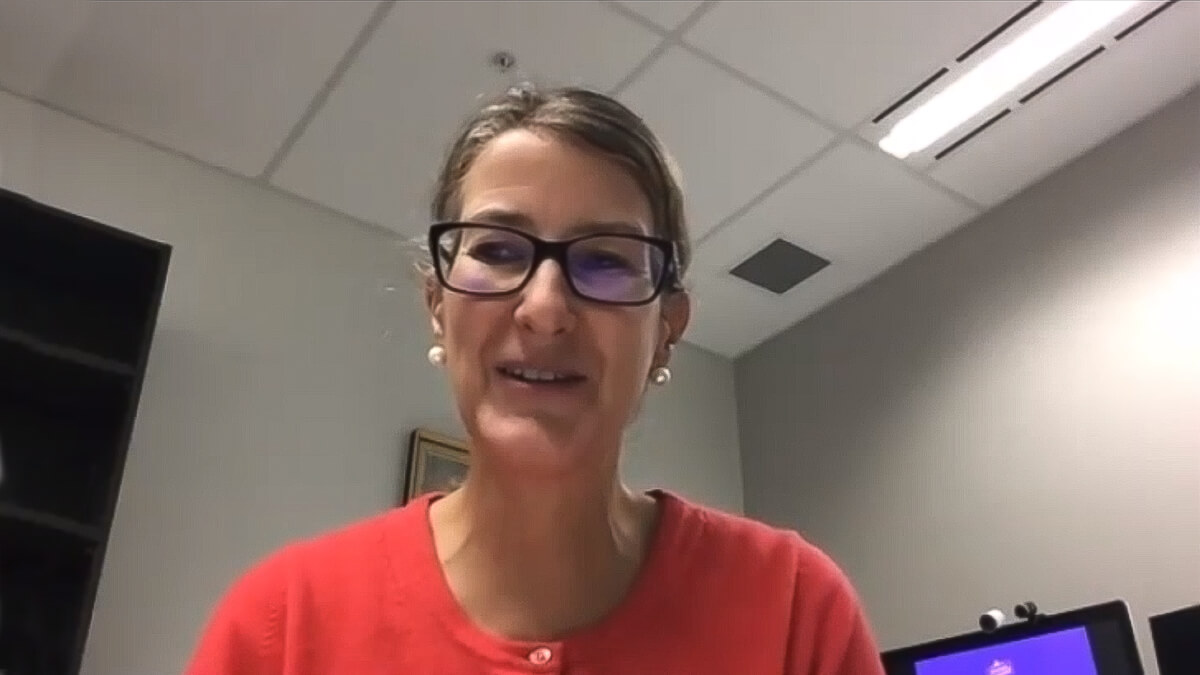
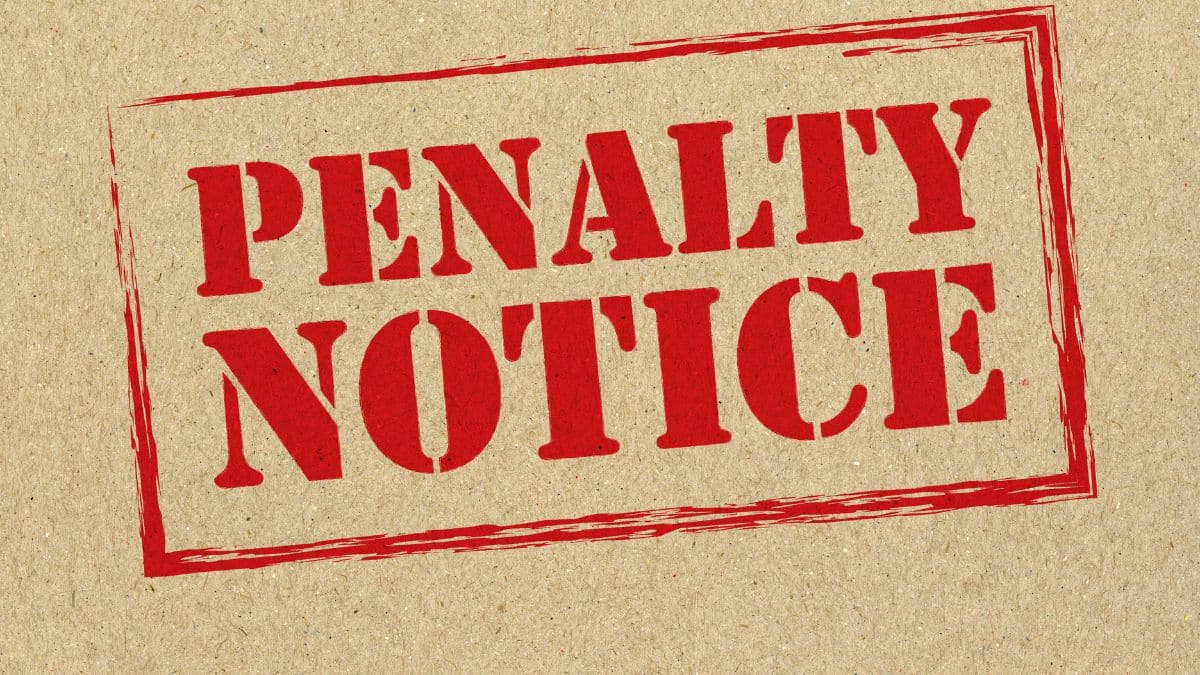


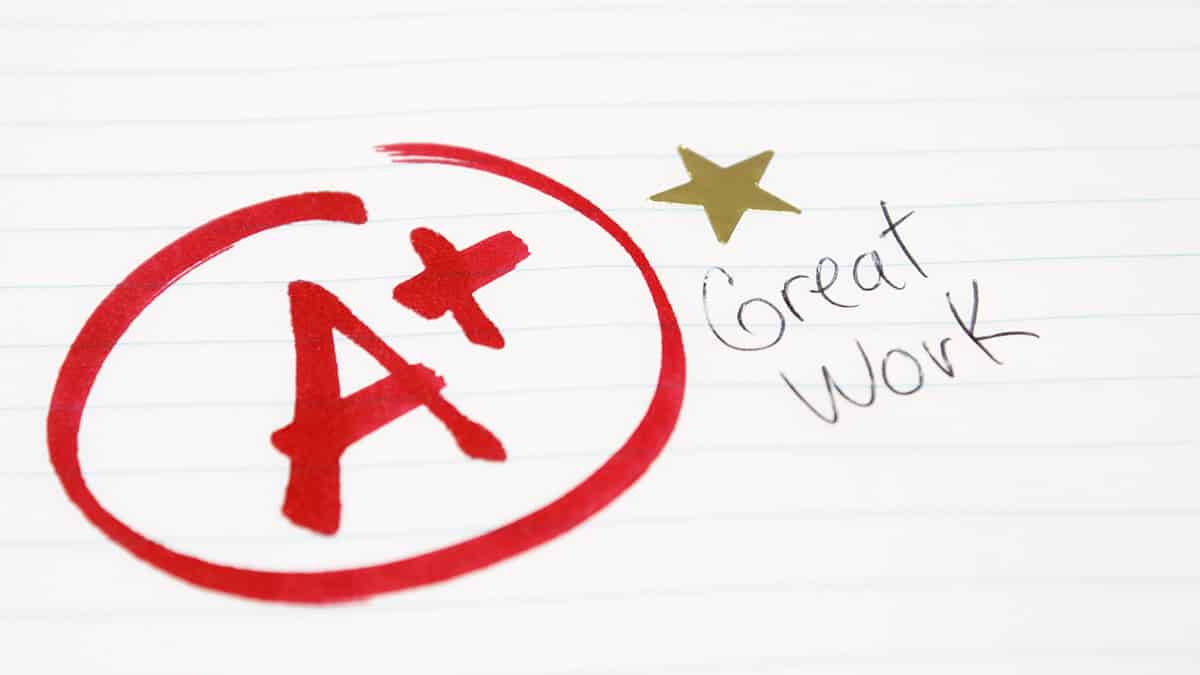


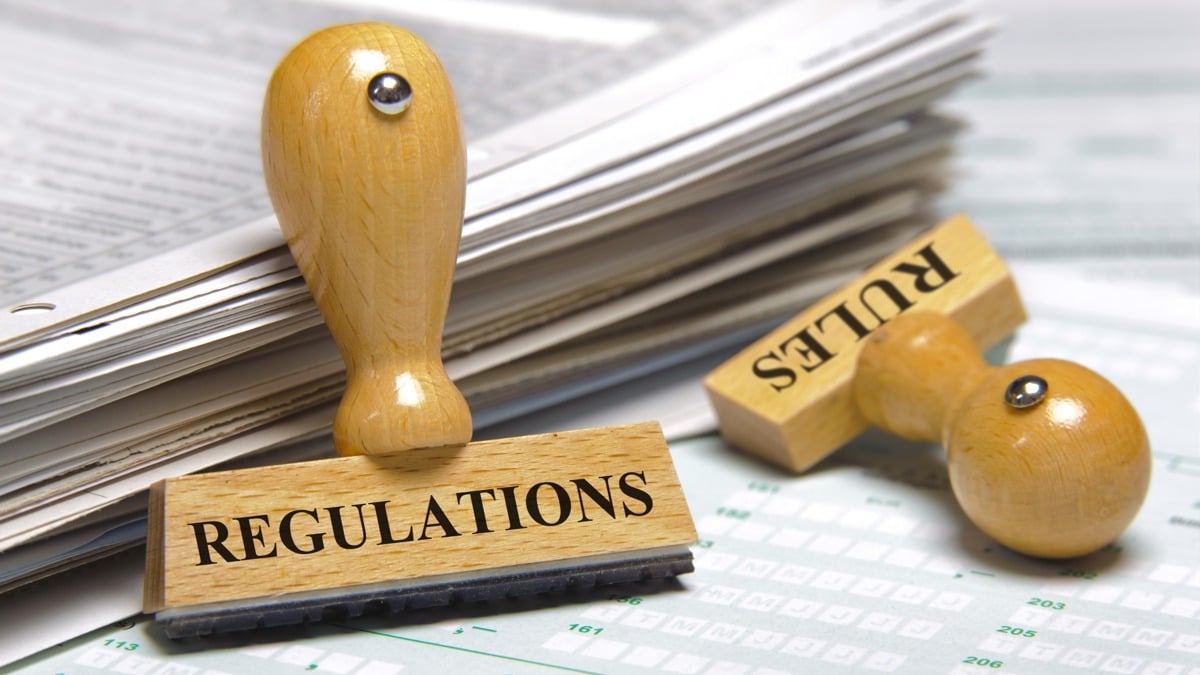




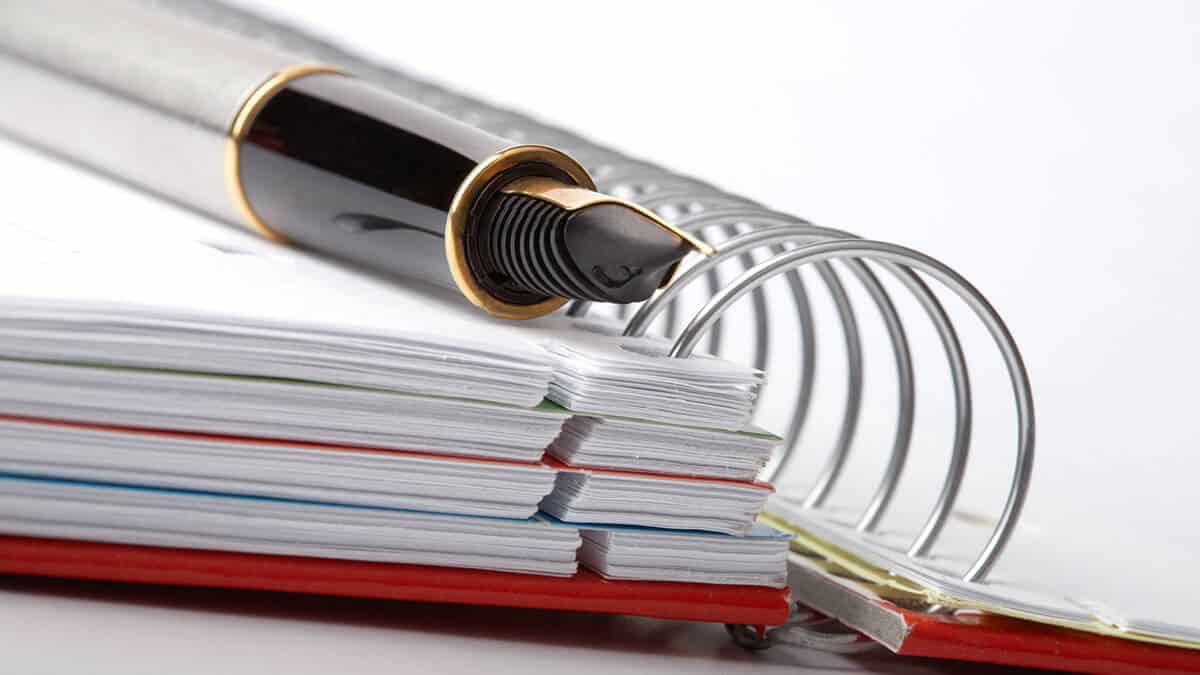
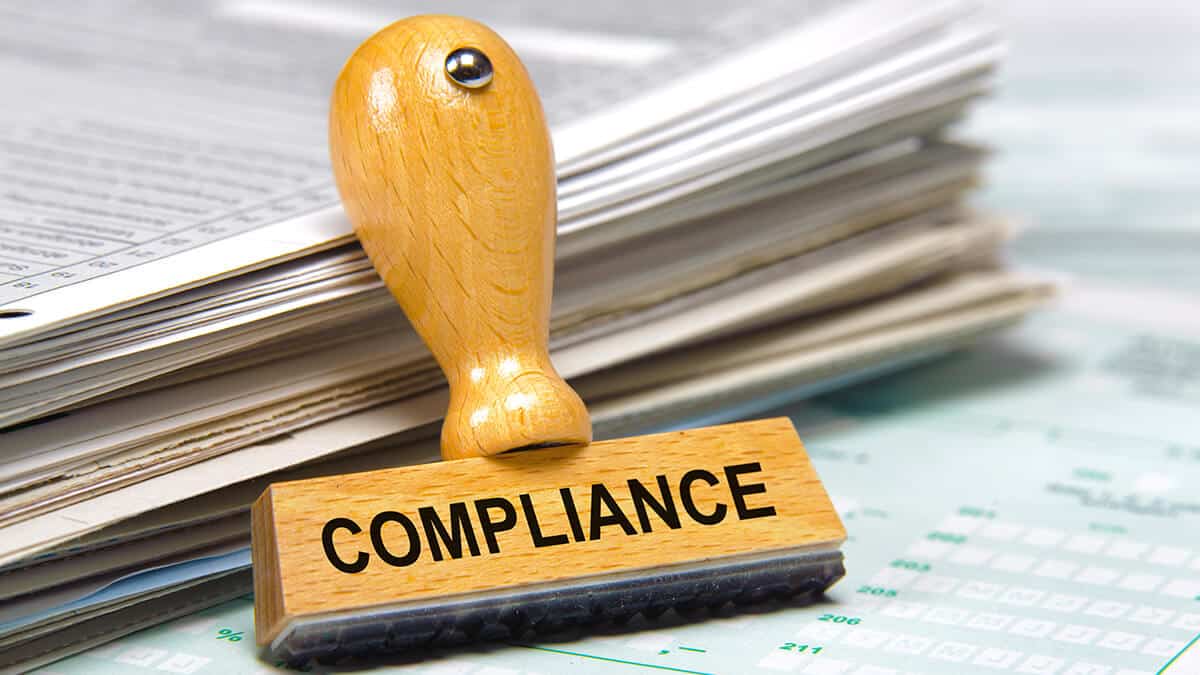



Leave a comment
You must be a SuperGuide member and logged in to add a comment or question.